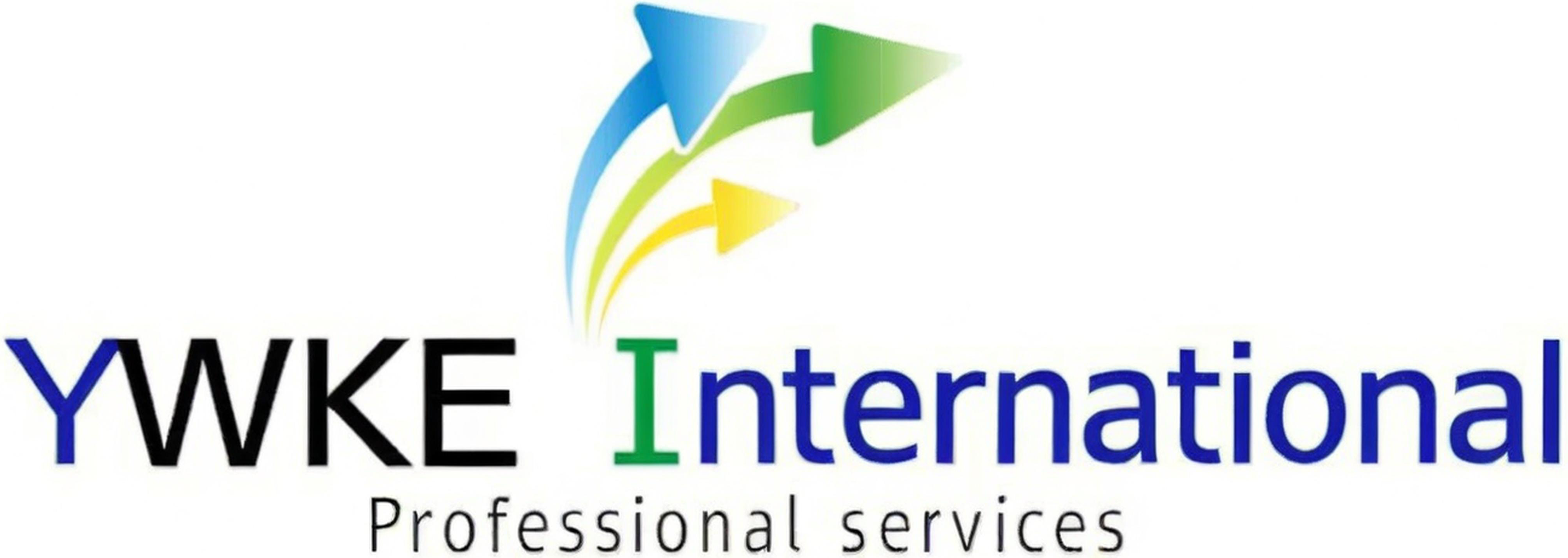The Essential Guide to Industrial Sanitary Pipe Systems: Ensuring Quality and Compliance in Your Operations
09/26
2025
The Essential Guide to Industrial Sanitary Pipe Systems
Table of Contents
- Introduction to Industrial Sanitary Pipe Systems
- Understanding the Importance of Sanitary Piping
- Key Materials Used in Sanitary Pipe Systems
- Design Considerations and Best Practices
- Installation Process of Sanitary Pipe Systems
- Maintenance and Inspection of Sanitary Pipes
- Regulatory Compliance in Industrial Sanitary Piping
- Common Issues and Solutions in Sanitary Pipe Systems
- Frequently Asked Questions
- Conclusion
Introduction to Industrial Sanitary Pipe Systems
Industrial sanitary pipe systems are critical components in various industries, including food and beverage, pharmaceuticals, and biotechnology. These systems ensure the safe and sterile transport of liquids and gases, which is crucial for maintaining product quality and safety. Understanding the functionalities and requirements of these pipe systems is essential for any operation aiming for efficiency and compliance.
Sanitary pipes differ from conventional piping systems due to their specialized design, which minimizes the risk of contamination and facilitates easy cleaning. In this guide, we will delve into the various aspects of industrial sanitary pipe systems, covering everything from materials to regulatory standards.
Understanding the Importance of Sanitary Piping
Sanitary piping plays a vital role in preventing contamination and ensuring that products meet strict safety standards. The importance of these systems can be summarized in several key areas:
1. Product Quality
Maintaining the integrity of the product is paramount, especially in industries such as food and pharmaceuticals. Any contamination in the piping system can lead to product spoilage, affecting not only consumer health but also the company’s reputation.
2. Compliance with Standards
Adherence to industry standards and regulations, such as those set by the FDA and USDA, is essential. Sanitary piping systems must be designed and maintained to meet these stringent guidelines.
3. Hygiene and Safety
The design of sanitary pipes minimizes the likelihood of bacterial growth and other contaminants. Properly maintained systems contribute to a safer working environment, reducing the risk of health hazards.
Key Materials Used in Sanitary Pipe Systems
Selecting the right materials for sanitary pipe systems is crucial for achieving durability and compliance. The most commonly used materials include:
1. Stainless Steel
Stainless steel is the preferred choice for sanitary piping due to its corrosion resistance, strength, and ease of cleaning. Grades such as 304 and 316 are commonly used in sanitary applications. Grade 316 offers better resistance to chlorides, making it ideal for environments exposed to harsh chemicals.
2. PVC and CPVC
Polyvinyl chloride (PVC) and chlorinated polyvinyl chloride (CPVC) are lightweight and cost-effective options for certain applications. However, they are generally less suitable for high-temperature or high-pressure environments compared to metal pipes.
3. Sanitary Elastomers
Used primarily in fittings and seals, sanitary elastomers such as EPDM and silicone provide flexibility and resistance to chemicals and extreme temperatures, ensuring a tight seal and preventing leaks.
Design Considerations and Best Practices
When designing a sanitary pipe system, several factors must be considered to optimize performance and compliance:
1. Flow Rate and Pressure
Understanding the required flow rate and pressure is essential for sizing pipes and selecting pumps. Proper calculations prevent issues like excessive pressure drops and potential leaks.
2. Pipe Slope and Support
Sanitary pipes should be installed with a slight slope towards drainage points to facilitate complete drainage and minimize stagnant areas. Adequate support is also crucial to prevent sagging and misalignment.
3. Avoiding Dead Legs
Dead legs—sections of pipe where liquid can stagnate—should be avoided in the design to reduce contamination risks. Any necessary dead legs should be minimized and designed for easy access during cleaning.
Installation Process of Sanitary Pipe Systems
Proper installation is vital for the effective performance of sanitary pipe systems. The following steps outline the installation process:
1. Preparation
Before installation, ensure that the site is clean and free of contaminants. Review the design and specifications to confirm that all necessary materials and tools are available.
2. Cutting and Joining
Pipes should be cut accurately to avoid leaks. For metal pipes, welding or sanitary fittings such as clamps may be used, while PVC pipes can be joined with solvent cement. All joints must be smooth to prevent bacteria from adhering.
3. Final Inspection
Once installation is complete, conduct a thorough inspection to ensure that all connections are secure, and there are no visible leaks or obstructions. Testing the system under pressure can help identify any potential issues.
Maintenance and Inspection of Sanitary Pipes
Regular maintenance and inspection are essential to ensure the longevity and effectiveness of sanitary pipe systems:
1. Routine Cleaning
Sanitary pipes should be cleaned regularly using appropriate cleaning agents. The cleaning process often involves chemical cleaning or steam cleaning to remove any potential contaminants.
2. Periodic Inspections
Conducting regular inspections helps identify wear, corrosion, or signs of contamination. Any issues should be addressed immediately to prevent costly downtime and ensure compliance with safety standards.
3. Documentation
Keep detailed records of maintenance activities and inspections. This documentation is invaluable for audits and ensuring compliance with regulatory requirements.
Regulatory Compliance in Industrial Sanitary Piping
Compliance with industry regulations is non-negotiable in sanitary pipe systems. Key regulations include:
1. FDA Regulations
The Food and Drug Administration (FDA) sets guidelines for food safety, including sanitary piping used in food processing. Compliance ensures that products remain safe for consumption.
2. USDA Standards
The United States Department of Agriculture (USDA) regulates the safety of meat, poultry, and other food products. Sanitary piping systems must adhere to these standards to avoid contamination.
3. ASME BPE Standards
The American Society of Mechanical Engineers (ASME) Bioprocessing Equipment (BPE) standards provide guidelines for the design and installation of sanitary piping in biopharmaceutical applications, emphasizing cleanliness and material suitability.
Common Issues and Solutions in Sanitary Pipe Systems
Several common problems can arise in sanitary pipe systems, along with their solutions:
1. Corrosion
Corrosion can compromise pipe integrity and lead to contamination. Regular inspections can help identify early signs, and using corrosion-resistant materials can mitigate this issue.
2. Leaks
Leaks may occur at joints or fittings. Proper installation techniques and regular maintenance can help prevent leaks. In case of a leak, immediate repair or replacement is necessary to ensure safety.
3. Contamination
Contamination can result from poorly maintained systems. Implementing a rigorous cleaning schedule and regular inspections can help maintain system integrity.
Frequently Asked Questions
1. What materials are best for sanitary pipe systems?
The best materials are typically stainless steel and food-grade plastics like PVC and CPVC, due to their corrosion resistance and ease of cleaning.
2. How often should sanitary pipes be cleaned?
Sanitary pipes should be cleaned regularly, with frequencies depending on the application. A routine cleaning schedule should be established based on usage and regulatory requirements.
3. What are the key compliance regulations for sanitary piping?
Key regulations include FDA and USDA guidelines, as well as ASME BPE standards for bioprocessing equipment.
4. How can I prevent dead legs in my piping system?
Design your system with minimal turns and use fittings that prevent stagnant areas wherever possible. Regular maintenance can also help in identifying and rectifying dead legs.
5. What are the consequences of non-compliance in sanitary piping?
Non-compliance can lead to product contamination, health risks, legal penalties, and significant damage to a company’s reputation.
Conclusion
In conclusion, understanding and implementing effective sanitary pipe systems is essential for any industrial operation that prioritizes quality, safety, and compliance. By focusing on the right materials, adhering to regulatory standards, and maintaining a rigorous maintenance schedule, businesses can ensure the integrity and efficiency of their piping systems. This comprehensive guide serves as a valuable resource for navigating the complexities of industrial sanitary pipe systems, ultimately contributing to improved operational success and product safety.
Recommended Reading









